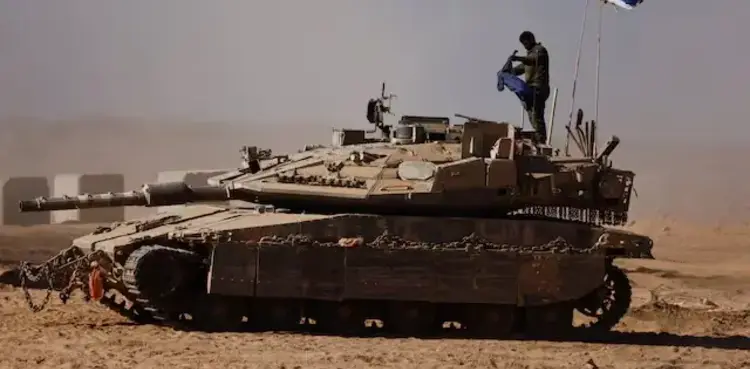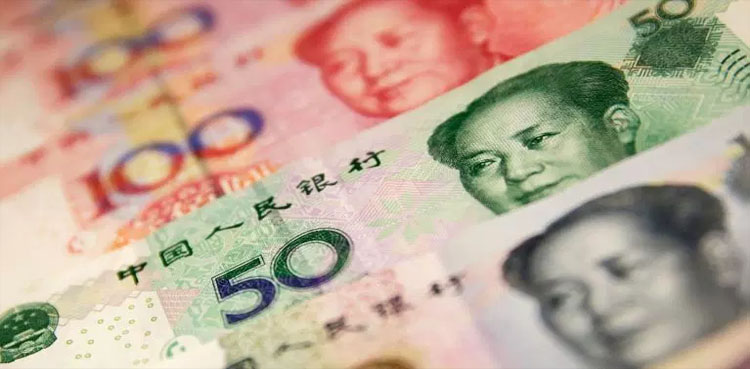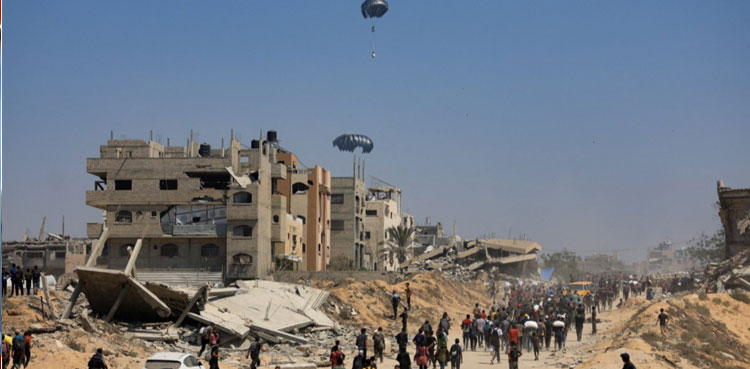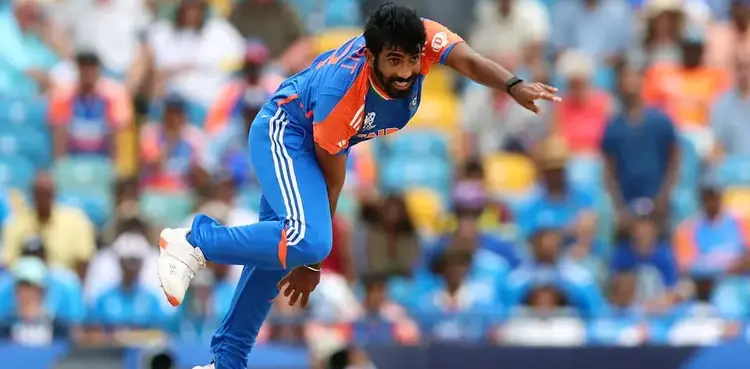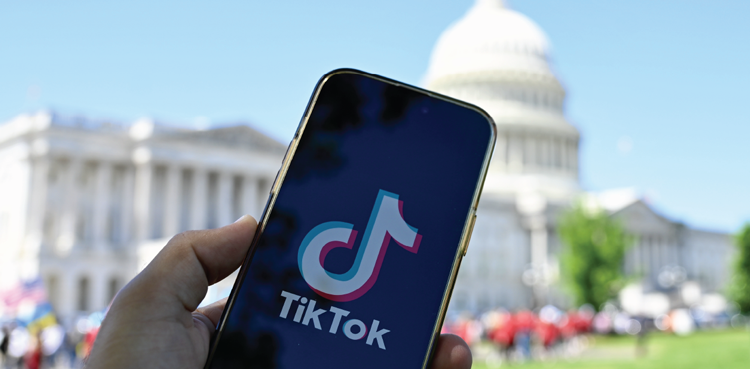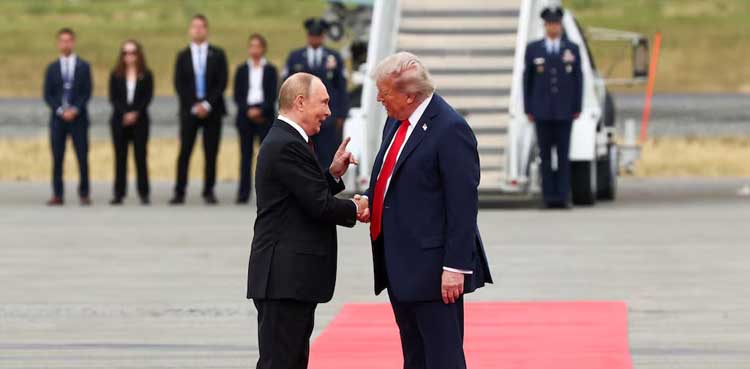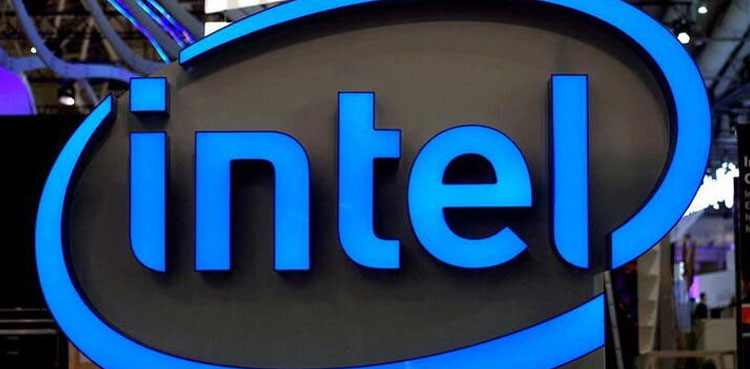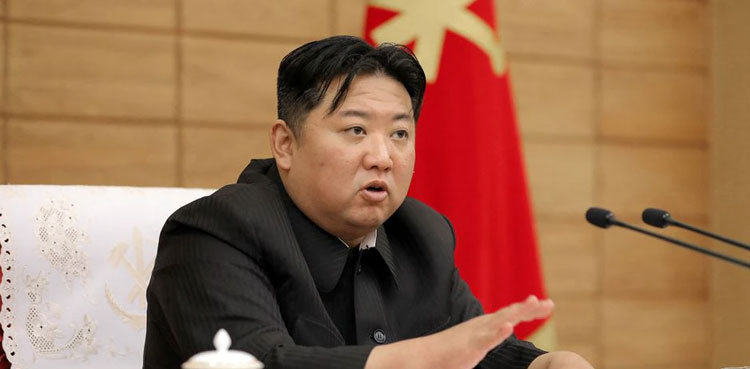Israel is studying Hamas’ response to a proposal for a 60-day ceasefire and release of half the hostages still held in Gaza, two Israeli officials said on Tuesday, although one source reiterated that all Israeli captives must be freed for the war to end.
Efforts to pause the fighting gained new momentum over the past week after Israel announced plans for a new offensive to seize control of Gaza City at the heart of the Palestinian enclave.
Mediators Egypt and Qatar have been pushing proposals to restart indirect talks between the sides on a U.S.-backed ceasefire plan.
The proposals include the release of 200 Palestinian convicts jailed in Israel and an unspecified number of imprisoned women and minors, in return for 10 living and 18 deceased hostages from Gaza, according to a Hamas official.
Two Egyptian security sources confirmed the details, and added that Hamas has requested the release of hundreds of Gaza detainees as well.
Israel says a total of 50 hostages remain in Gaza, 20 of them still alive.
“Israel’s policy is consistent and has not changed. Israel demands the release of all 50 hostages in accordance with the principles established by the cabinet for ending the war. We are in the final decisive stage of Hamas and will not leave any hostage behind,” an Israeli political source said.
The comment, while adamant, fell short of an outright rejection of the proposal on the table.
Prime Minister Benjamin Netanyahu was expected to convene discussions about the ceasefire proposal soon, the two Israeli officials said. A response was expected in the coming two days, said a Palestinian source close to the talks.
Before Hamas responded on Monday to the proposal, Netanyahu had ruled out any deal that excluded the return of all the hostages.
Qatar’s Ministry of Foreign Affairs spokesperson Majed Al Ansari said the 60-day truce deal would include “a pathway to a comprehensive agreement to end the war.”
The proposal includes a partial withdrawal of Israeli forces, which presently control 75% of Gaza and the entry of more humanitarian aid into the enclave, where a population of 2.2 million people is increasingly facing famine.
Israel had previously agreed to the outline, advanced by U.S. special Middle East envoy Steve Witkoff, but negotiations faltered over some of its details. The last round of talks ended in deadlock in late July.
While Israel’s political echelon weighed a response, Defence Minister Israel Katz met commanders late on Tuesday. Public broadcaster Kan’s military correspondent Itay Blumental said on X the meeting was to approve plans to capture Gaza City.
The post cited four stages to the plans: building humanitarian infrastructure in the southern Gaza Strip, evacuation of Gaza City, encirclement of Gaza City and manoeuvring into Gaza City.
Thousands of people fearing an imminent Israeli ground offensive are estimated to have fled the area in the past few days for points to the west and south in the shattered territory.
On the ground, there were no signs of a ceasefire nearing as Israeli gunfire, tank shelling and airstrikes killed at least 20 Palestinians on Tuesday, according to Gaza health officials.
At a shelter in Khan Younis, in the south of the enclave, displaced people had mixed feelings over whether a deal would be reached this time.
“I expect – every time the (Israeli) occupation would be obstinate, reject and receive proposals with negative responses – I expect the same for this proposal as well,” said Abdallah Al-Khawaja.
Women sat by wood fires cooking meals for their families, while men filled plastic gallons with water; many hoped Israel would approve the proposal.
“What I say and expect as a member of the Palestinian people living in the Gaza Strip, one of the bereaved and displaced, is that I expect a positive response (from Israel),” said Awad Labde.
ISRAELI PROTESTERS DEMAND DEAL
In Israel, the threatened offensive prompted tens of thousands of Israelis on Sunday to hold some of the largest protests since the war began, urging a deal to end the fighting and free the remaining hostages held in Gaza.
Netanyahu faces domestic political pressure from his far-right government partners who object to a truce with Hamas. Ministers Bezalel Smotrich and Itamar Ben-Gvir have demanded to keep the war going until Hamas’ defeat, and annex Gaza.
Groups representing Israeli families of those held hostage have demanded their return to Israel and an end to the war.
Hamas official Izzat El-Reshiq said that the truce proposal it has agreed to is an interim accord that would pave the way for negotiations on ending the war.
A source close to the talks said that, unlike previous rounds, Hamas accepted the proposal with no further demands.
But prospects for agreeing an end to the war appear remote, with gaps remaining on the terms. Israel is demanding the group lay down its arms and its leaders leave Gaza, conditions which Hamas has so far publicly rejected.
The war began when Hamas-led fighters stormed into Israel, killing 1,200 people and taking 251 hostages. Israel’s offensive has since killed more than 62,000 Palestinians, according to local health officials who do not distinguish between fighters and non-combatants. The Israeli assault has plunged Gaza into a humanitarian crisis and displaced most of its population.
